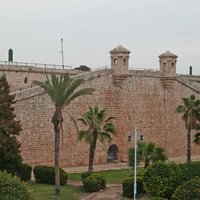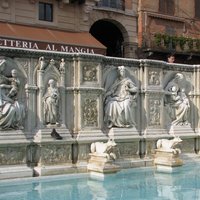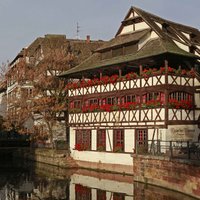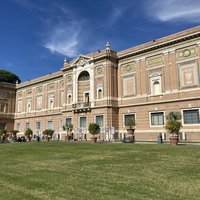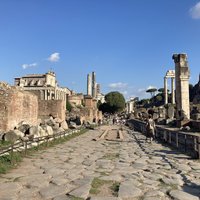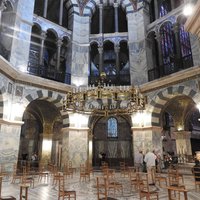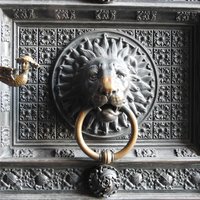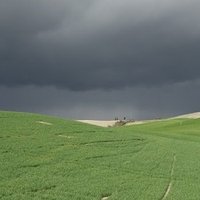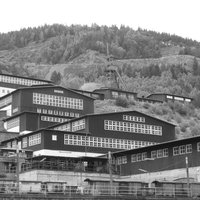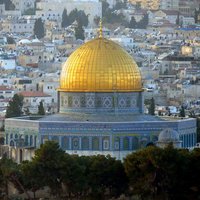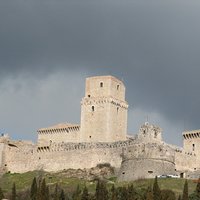Connected Sites
-
Frederick participated in the Second Crusade. "With Byzantine ships and money, the German army (...) left Constantinople on 7 March 1148 and arrived in Acre on 11 April."
See en.wikipedia.org
-
"ln 1186 the Hohenstaufen Emperor Frederic I confirmed the independence of the city and granted it the rights of electing its own consuls and minting its own coins." (AB Ev)
-
Frederick I features on one of the stained glass Emperor Windows in the nave of Strasbourg Cathedral. (Wikipedia)
See en.wikipedia.org
-
On "18 June 1155, Adrian IV crowned Frederick I Holy Roman Emperor at St Peter's Basilica, amidst the acclamations of the German army." (Wikipedia)
See en.wikipedia.org
-
Frederick I was crowned Holy Roman Emperor by Pope Adrian IV at St Peter's Basilica in 1155. "The Romans began to riot, and Frederick spent his coronation day putting down the revolt, resulting in the deaths of over 1,000 Romans and many more thousands injured." (Wikipedia)
See en.wikipedia.org
-
"The Barbarossa Chandelier was made on the order of Emperor Frederick I, nicknamed Barbarossa, and his wife Beatrice sometime between 1165 and 1170 and was installed under the cupola of the Palatine Chapel in Aachen Cathedral. (wiki)
See en.wikipedia.org
-
"In 1164 Frederick took what are believed to be the relics of the "Biblical Magi" (the Wise Men or Three Kings) from the Basilica di Sant'Eustorgio in Milan and gave them as a gift (or as loot) to the Archbishop of Cologne, Rainald of Dassel. The relics had great religious significance and could be counted upon to draw pilgrims from all over Christendom. Today they are kept in the Shrine of the Three Kings in the Cologne cathedral." (Wikipedia)
See en.wikipedia.org
-
In the San Quirico countryside in 1155 the meeting between the papal representatives and Frederick I took place to discuss the terms of the latter's coronation.
See it.wikipedia.org
-
"Between 1152 and 1188, the Imperial Palace was at times both the venue for, and at times the cause of, the dispute between Emperor Frederick I and Duke Henry the Lion." An equestrian statue of Frederick I stands in front of the Palace. (wiki)
See en.wikipedia.org
-
Frederick participated in the Second Crusade and visited Jerusalem in 1148 with Emperor Conrad III, where he "was impressed by the charitable works of the Knights Hospitaller". (Wikipedia)
See en.wikipedia.org
-
During the Second Crusade, Frederick stayed in Constantinople as part of Conrad III's army. (Wikipedia)
See en.wikipedia.org
-
Damascus – Frederick participated in the Siege of Damascus (1148) during the Second Crusade. (Wikipedia)
See en.wikipedia.org
-
After a period of wars, in 1174 Assisi was besieged and conquered by Frederick Barbarossa, who gave the investiture of the city to Duke Conrad of Lutzen, also known as Conrad of Urslingen: Assisi became an imperial dominion.
See it.wikipedia.org

